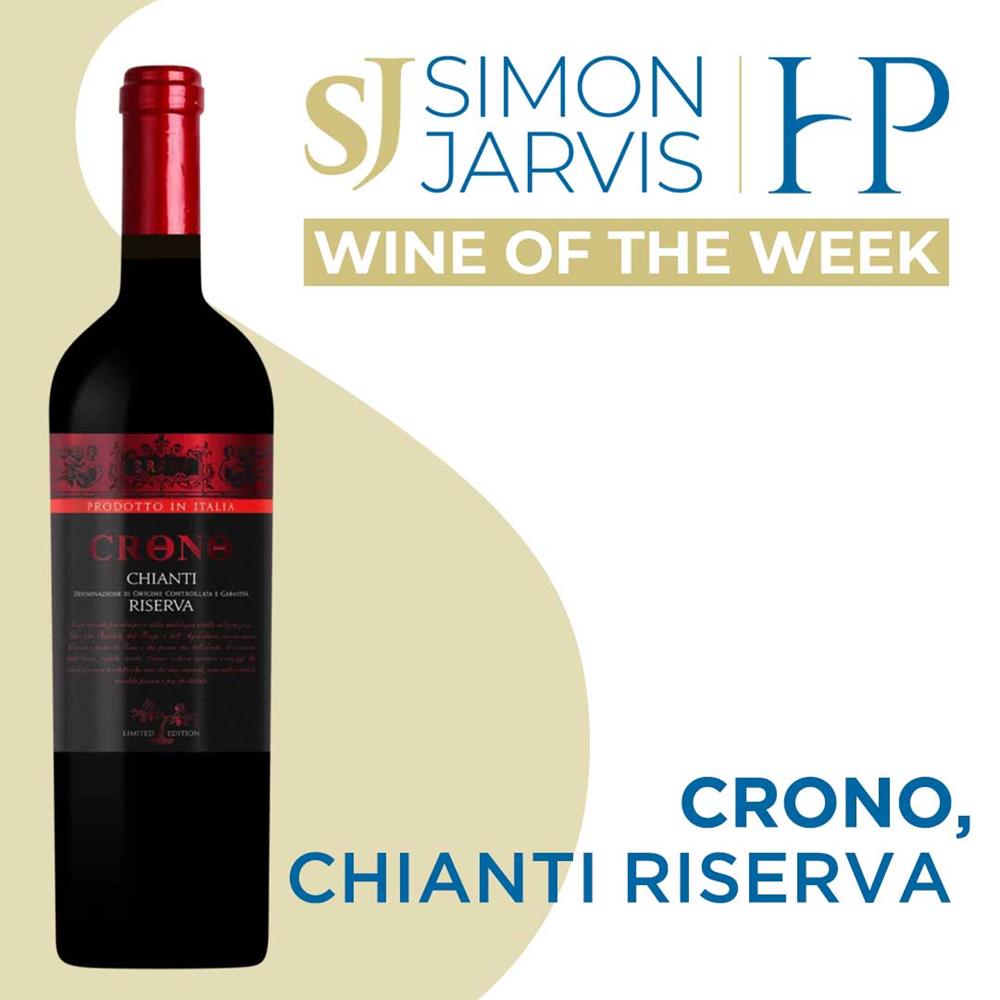Good morning, everyone,
Simon’s Wine of the Week is Crono Chianti Riserva
It’s no secret that I’m a big lover of Italian wines. In fact, I’ve featured quite a few in my Wines of the Week. I make no apologies in returning to one of my favourite wine producing countries once again. This time I’ve gone for an all-time classic. A wine that has graced many an English dining table for longer than others, a wine seemingly designed for food: Chianti.
I love a bit of Chianti. There’s something about that sour cherry, dried herbs, meaty, and espresso flavours that really sums up the taste of Italy. It really is one of the great food matching wines; that high acidity matches spicy meats, tomato-based pastas, or pizza. Every menu should have one.
But not all Chianti is created equal. There are laws and regulations. There are geographical zones. They are oak ageing rules. And all these together mean you can get wildly different styles of wine depending on where it was grown and how it was made. Whilst I’m certainly not going to go into the minutiae of Chianti there are certain things that most definitely contribute to the style.
The first thing to know is that Chianti is mainly made with the Sangiovese grape. You can add a bit of other grapes including Cabernet Sauvignon and Merlot, but the bulk needs to be Sangiovese. It is a thin-skinned grape, so you never get an opaque wine, and it always has a whoosh of orange about it, making it one of the most distinctive looking wines in your glass.

The second thing you need to know I that it is made in Tuscany. The rolling vineyards are some of the most beautiful in the world, and many a tourist has fallen in love with a sun-kissed cream stoned Chianti winery standing over luscious rows of Sangiovese vines.
Thirdly (and it’s time to get a little more technical) we come to the carne e patate of geography. Chianti is a very large region that produces over 8 million cases of wine every year. The centre of the region, and the original vineyards dictated in 1716, are named Chianti Classico. Pretty much all of these wines are premium and are some of the best of the region. Beyond that you have the greater Chianti region where most of the good value Chianti resides.
Finally, and we’re staying with the technical here, we have the classifications. Whilst there are some very stringent rules about alcohol levels, grape density, and vineyard yields, the most important thing to consider is the amount of time the wine has aged in oak. Ordinary Chianti can have as little as 3 months in oak, whilst Classico must have a minimum of 7 months. A Riserva wine must be aged at least 24 months in oak.
So, to the wine. The Crono is a limited edition Riserva so has plenty of oak ageing which is obvious on the nose. There’s quite a whiff of vanilla and spice from the oak which overlays nicely the sour cherry and herb notes more typical of this style of wine. The palate is medium-bodied with a lovely vein of acidity. Intense cherry and balsamic notes, more herbs and spice mean that the acidity is beautifully integrated. This is quite simply great value for a Riserva wine of this quality.
Obviously, this is a must for any Italian restaurant, or anywhere that serves Pizza. It’s a perfect match for anything tomato based or any spicy meats as well.
Have a great week,
Simon

